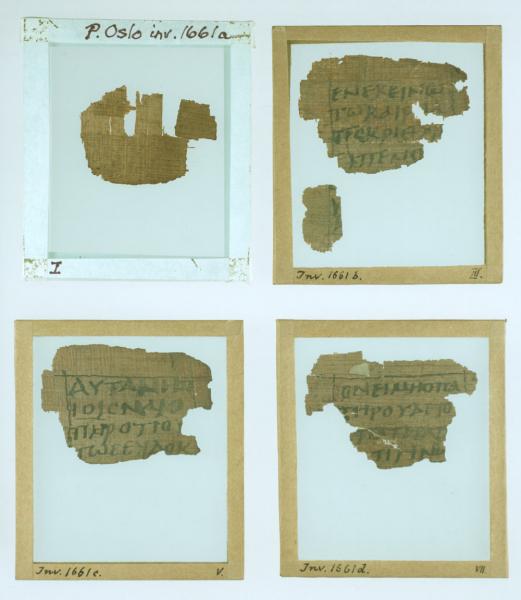The Originals Might Be Different
Psalm 12:6-7
“The words of the LORD are pure words: as silver tried in a furnace of earth, purified seven times. Thou shalt keep them, O LORD, thou shalt preserve them from this generation for ever.”
 “How can you possibly believe the Bible to be inerrant?” the argument goes. “We don’t even have the originals. The originals might be different from the Bible we have today.”
“How can you possibly believe the Bible to be inerrant?” the argument goes. “We don’t even have the originals. The originals might be different from the Bible we have today.”
This is a common enough argument against inerrancy but is born out of a misunderstanding about the nature of original documents.
It is true that we do not have the original documents, penned by the biblical authors. These original documents are called autographs. We do, however, have contemporary manuscripts. These manuscripts are copies of the autographs, or, perhaps, copies of other manuscripts which are copies of the autographs.
“Well, there’s the problem!” the skeptic could remark. “The manuscripts could have changed the meaning of the autographs.”
One way we could check whether or not this is true is to compare manuscripts with each other. When we do so, we find that they differ from each other only by a very small amount. The level of disagreement is 0.5%. That is a tiny amount and is smaller than the disagreement between differing manuscripts of other ancient books. And when we examine those 0.5% differences closer, we find that the overwhelming majority of them are simply typographical errors. The minuscule number of differences left does not make any difference whatsoever to any biblical doctrines.
It is instructive to look at charts of manuscripts of other ancient books. For example, there are 643 manuscripts of Homer’s Iliad. For most books, the number is far less. There are just seven manuscripts of Plato, for example. But there are about 6,000 manuscripts of the New Testament alone.
God has truly inspired and preserved His word! Author: Paul F. Taylor
Thank You, Lord, for Your inspired word. Thank You that we can have confidence that every word we read is true. Amen.
Ref: < https://carm.org/we-dont-have-originals-so-how-can-you-argue-inerrancy >, accessed 11/28/2017. Image: Part of the manuscript, Papyrus 62, Public Domain photograph.